June 30, (THEWILL) – The spectacle of football, with its passionate fans and thrilling moments, often overshadows the inherent dangers players face on the pitch. Yet, as recent events at Euro 2024 starkly remind us, these dangers are real and significant. Injuries to the face, such as those suffered by France’s Kylian Mbappe and Hungary’s Barnabas Varga, highlight the acute risks involved. These incidents underscore a pressing issue: the need for better policies to protect players from head injuries.
Mbappe, one of the world’s most gifted footballers, is currently navigating Euro 2024 with a broken nose. His participation is shadowed by the necessity of wearing a protective face mask, a stark reminder of the collision that could have ended his tournament prematurely.
Meanwhile, Hungary’s Varga endured a more severe fate. After a lengthy on-pitch medical intervention, Varga was stretchered off with facial fractures, his condition fortunately stable but his immediate football future uncertain.

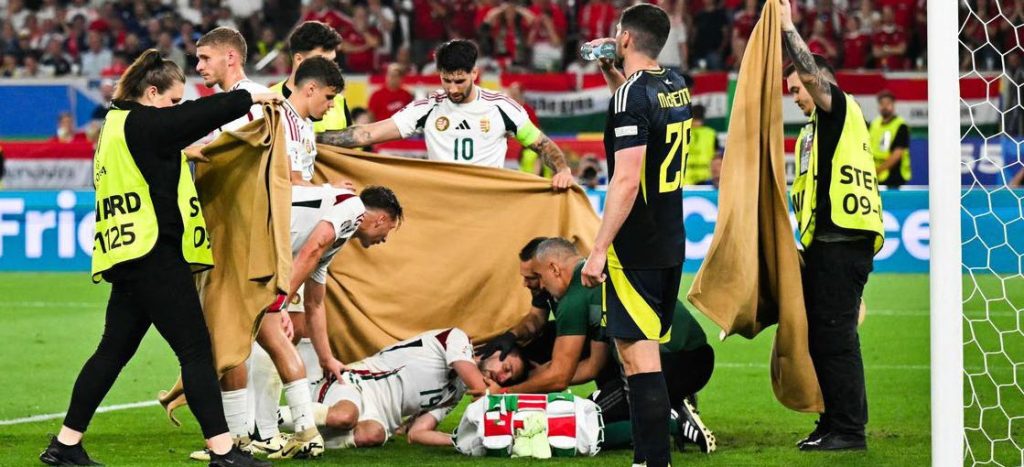
These incidents are not isolated. They represent a pattern of injuries that footballers face regularly. The physicality of modern football, combined with the speed and intensity of play, has made collisions more frequent and, consequently, injuries more severe.
Victor Osimhen, Nigeria’s star striker, serves as a poignant example of the dangers footballers face and the resilience required to overcome them. In November 2021, while playing for Napoli, Osimhen suffered multiple facial fractures, following a horrific clash of heads with Inter Milan defender, Milan Skriniar, during a Serie A match. The injury was so severe that it required surgery and the insertion of titanium plates and screws to stabilise his facial bones. His return to football was marked by the necessity of wearing a protective mask, much like Mbappe is having to do now at Euro 2024.
Osimhen’s case not only highlights the physical trauma but also the psychological impact such injuries can have on players. The fear of re-injury can affect a player’s confidence and performance on the pitch. Despite these challenges, Osimhen’s return to form has been nothing short of inspirational, yet it raises questions about the adequacy of current protective measures and protocols.
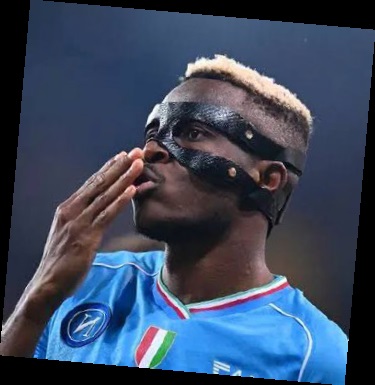
Head injuries, particularly concussions, have become a focal point of concern in football. According to a study published in the British Journal of Sports Medicine, footballers are at a significant risk of concussions, which can have long-term health consequences, including chronic traumatic encephalopathy (CTE). This degenerative brain disease has been linked to repeated head trauma and has been observed in athletes from various contact sports.
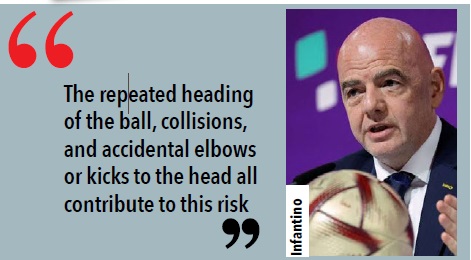
Football, traditionally perceived as less dangerous than sports like American football or rugby, has seen an increase in awareness around the risks of head injuries. The repeated heading of the ball, collisions, and accidental elbows or kicks to the head all contribute to this risk. The symptoms of concussions, which can include headaches, dizziness, and cognitive impairments, often necessitate extended recovery periods and careful management.
FIFA, as the governing body of world football, has implemented several measures to address head injuries. The introduction of concussion substitutes in 2021, allowing teams to make an extra substitution if a player is suspected of having a concussion, was a positive step. This rule aims to ensure players receive appropriate medical evaluation without the pressure of immediate return to play. However, critics argue that more comprehensive measures are needed. Campaigners for collision policy reform suggest several areas for improvement.
One proposal is the mandatory use of protective headgear, similar to those used in other sports, to reduce the impact of collisions. While aesthetic and comfort concerns exist, the primary goal should be player safety.
Enhanced concussion protocols that mandate longer observation periods and independent medical evaluations before a player can return to play are also essential. This would reduce the risk of premature returns that could exacerbate injuries.
Investing in educating players, coaches, and medical staff about the signs and dangers of concussions is another crucial strategy that can mitigate the inherent dangers associated with these threats to the head. Awareness and prompt action can significantly mitigate long-term damage.
Continued investment in research to develop better protective gear and to understand the mechanisms of head injuries can lead to more effective prevention strategies. Collaborations with sports scientists and medical experts are crucial in this endeavour.
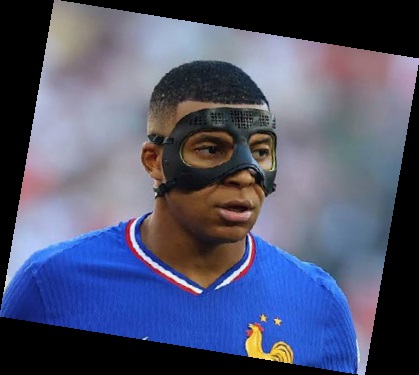
Football can draw valuable lessons from other sports that have tackled the issue of head injuries more aggressively. Rugby, for instance, has implemented stricter protocols for head injuries, including mandatory rest periods and comprehensive return-to-play protocols. American football has invested heavily in research and the development of advanced helmets designed to reduce the impact of collisions.
These sports also emphasise the importance of a culture shift. In rugby, the acceptance of mandatory rest periods for concussed players and the reduction of stigma associated with reporting symptoms have been significant strides. Football must similarly foster an environment where player health is prioritised over short-term performance.
Beyond the statistics and policies lies the human cost of head injuries. Players like Mbappe, Varga, and Osimhen are not just athletes; they are individuals whose careers and lives can be profoundly affected by such injuries. The psychological impact, including anxiety and depression, often goes unrecognised. The pressure to return to play and the fear of losing their place in the team can lead to rushed recoveries and potential further injuries.
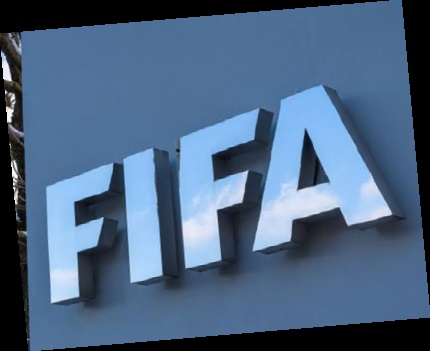
Addressing head injuries in football requires a multifaceted approach. It involves the implementation of better protective measures, stricter protocols, and a cultural shift towards prioritising player health. FIFA, along with national football associations, clubs, and players, must collaborate to create a safer playing environment.
Moreover, fans and the media play a crucial role. By demanding better safety measures and supporting players who prioritise their health, they can drive change from the grassroots level. The narrative should shift from glorifying the toughness of playing through injuries to celebrating the bravery of prioritising long-term health.
The injuries to Mbappe and Varga serve as poignant reminders of the dangers footballers face. While the sport captivates millions with its beauty and drama, it is incumbent upon us to ensure the safety of those who bring it to life. Through concerted efforts and a commitment to change, we can make football a safer game for all. As the saying goes, “It’s just a game,” but the lives and health of players are far more important.
About the Author
Jude Obafemi is a versatile senior Correspondent at THEWILL Newspapers, excelling in sourcing, researching, and delivering sports news stories for both print and digital publications.




